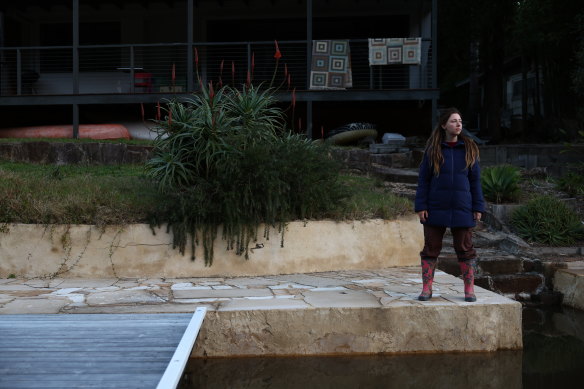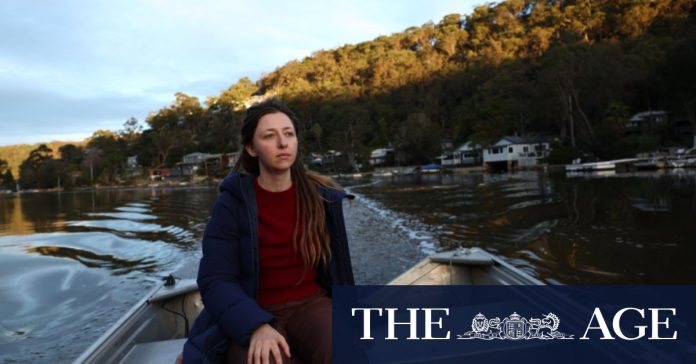[ad_1]
Loading
“This report is almost like a snapshot in time, looking at what is that landscape currently today, but we know that these natural disasters are escalating because of climate change,” Domain chief of research and economics Dr Nicola Powell said.
“The impacts in the future could [be] greater, impacting more homes and communities.”
She said that as property prices broadly were rising, the long-term economic impacts could be even more profound.
But she said more could be done to make information available in terms of finding out about the risk to a specific property.
Local and state governments hold information about the risk of different properties, some of which is available in a contract of sale, or potential buyers can pay to have reports done. This information has already started to flow through to pricing, the report found.
“If you are a buyer looking at a particular home you should be able to freely access information that tells the risks of that property,” Powell said. “That ultimate goal is transparency on listings but what we need is collaboration across government and various stakeholders and improving the access to data.”

Sydney home owner Katya Matavilava wants more focus on flood prevention, not only evacuation.Credit: Dominic Lorrimer
Data about climate risk should also inform government planning decisions about greenfield developments or extra apartment developments, she said.
Sydney home owner Katya Matavilava, 36, is in her fifth year living in Woronora in the Sutherland Shire and has experienced repeated flooding events, including in April.
Loading
She and her family were watching the weather forecast and the Woronora Dam levels, before the dam started to spill and pushed the Woronora River higher. The neighbourhood began to flood, albeit not to the same level as 2020, but enough that the nearby walking track was under knee-level water for at least a week.
“There was this constant anxiety where you don’t really know what will happen the next night,” Matavilava, an IT worker, said.
“I could not have imagined I would have needed to wear knee-high gumboots to access my house in greater Sydney.”
Matavilava believes the flooding will affect property values, but is more concerned about the effect on insurance costs and quality of life, having bought her house as her forever home.
Her insurance already costs $6000 a year and rises by about 20 per cent annually, a cost she said was already difficult to manage. But, she said, some neighbours were quoted $20,000 a year, and she worries they would stop buying insurance and become financially vulnerable in another flood.
She would like a greater focus on flood prevention rather than evacuation, including better dam capacity management and improved storm water infrastructure.
University of Queensland Professor of strategic management Paula Jarzabkowski, a disaster insurance expert, was concerned to see climate risk already affecting property values.
“What we’ll get is people who can’t afford a home as much will end up in the at-risk housing stock,” she said.
“Buyers are not as aware as they could be of the risk of flood or other catastrophe to their house, and it’s not something that prevents them getting a mortgage.”
Loading
Jarzabkowski said flood-affected residents ended up relying on the public purse when areas became uninsurable and there was a disaster. There was also uncertainty over whether the risks of flood would be addressed.
She emphasised the need for systemic solutions beyond only providing individuals with information about their risk, including raising houses above flood level, mitigations to make homes more fire-resistant, levees in some areas, plans for moving people in the most vulnerable areas and prohibitions on building in at-risk locations.
The Domain research also covered coastal erosion, but found the risk of shoreline erosion did not significantly affect property values, as buyers prioritise location and views.
An estimated $26.41 billion of properties are at risk of coastal erosion, or one in 10 homes within 150 metres of the coast.
[ad_2]
Source link


